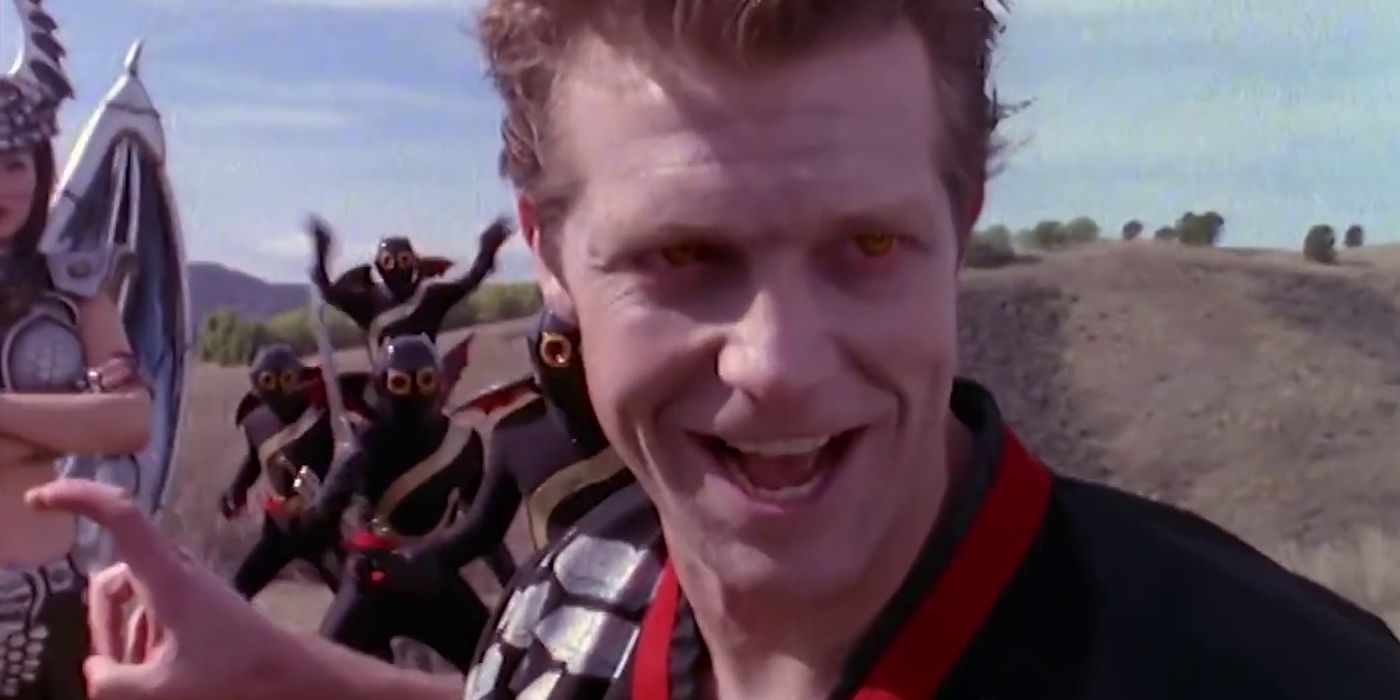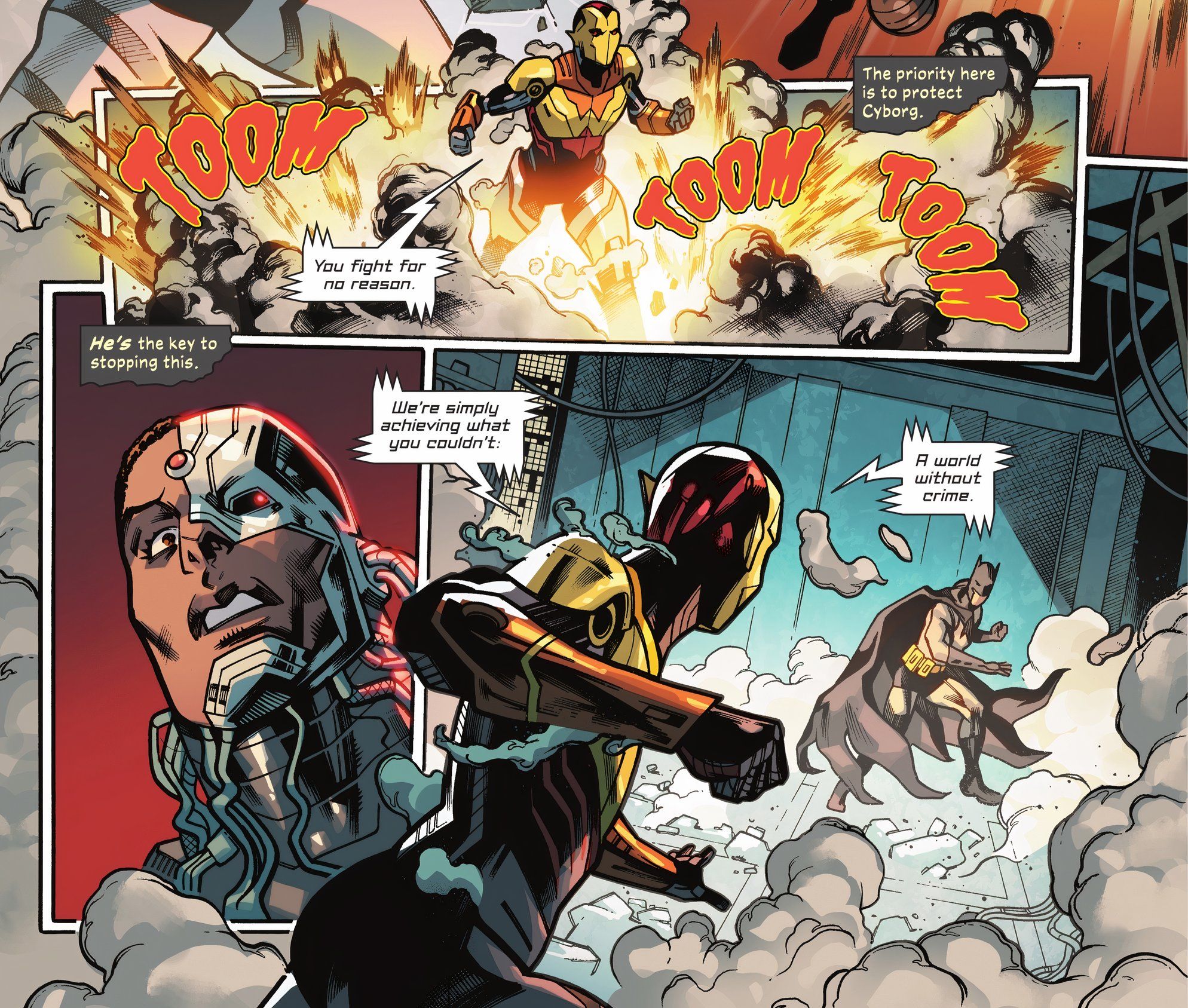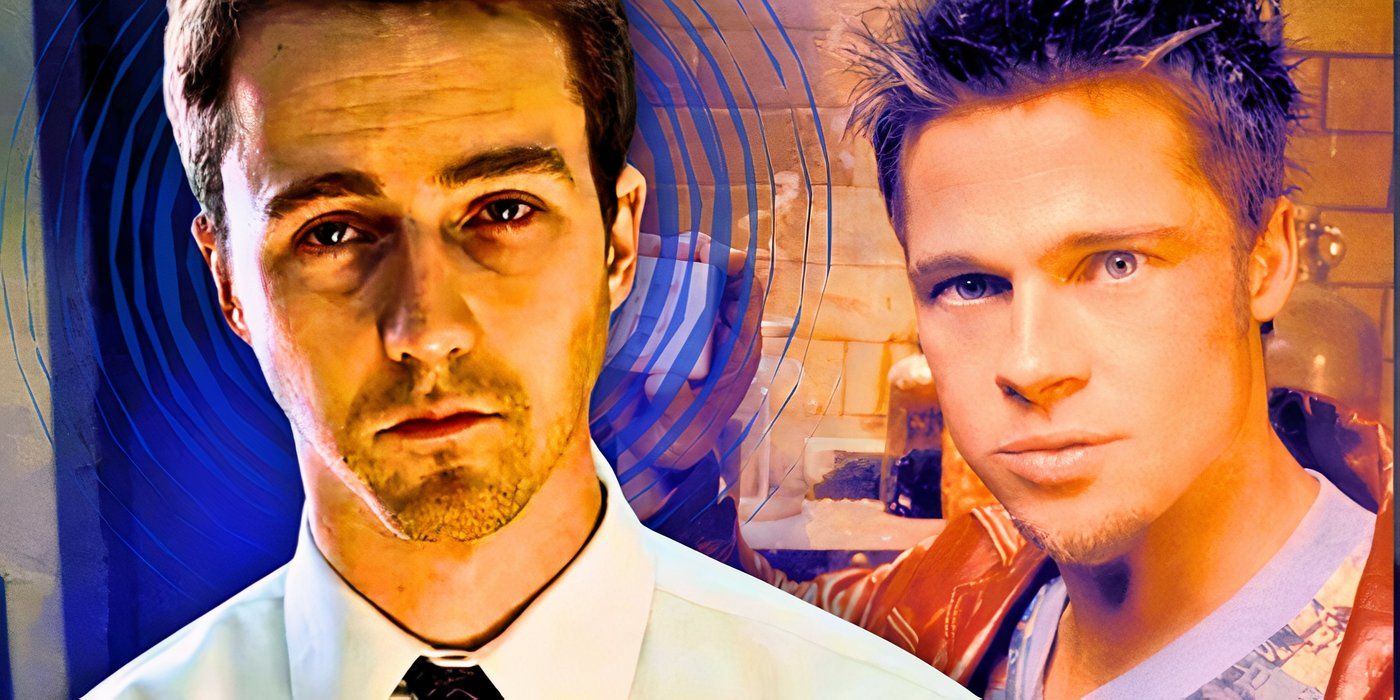The Devil All the Time is a cautionary tale about the repercussions of one’s actions, the careful balance of cause and effect, and the difference between destiny and fate as experienced by the sometimes sinister, often hypocritical inhabitants of West Virginia and Ohio in the 1950s. Boasting an all-star cast including Bill Skarsgård, Tom Holland, Robert Pattinson, Sebastian Stan, and many more, it’s become the most highly anticipated Netflix original of the year.
The film follows several different character’s narrative arcs as they intertwine with primary protagonist Arvin Russell (Holland) and his journey into adulthood. The film can sometimes try to include too much while explaining too little, and the narration while present is rarely effective. Characters aren’t given the same amount of depth, and flashbacks muddle the plot, to name just a few things that don’t make sense about this sprawling Appalachian epic.
The narration
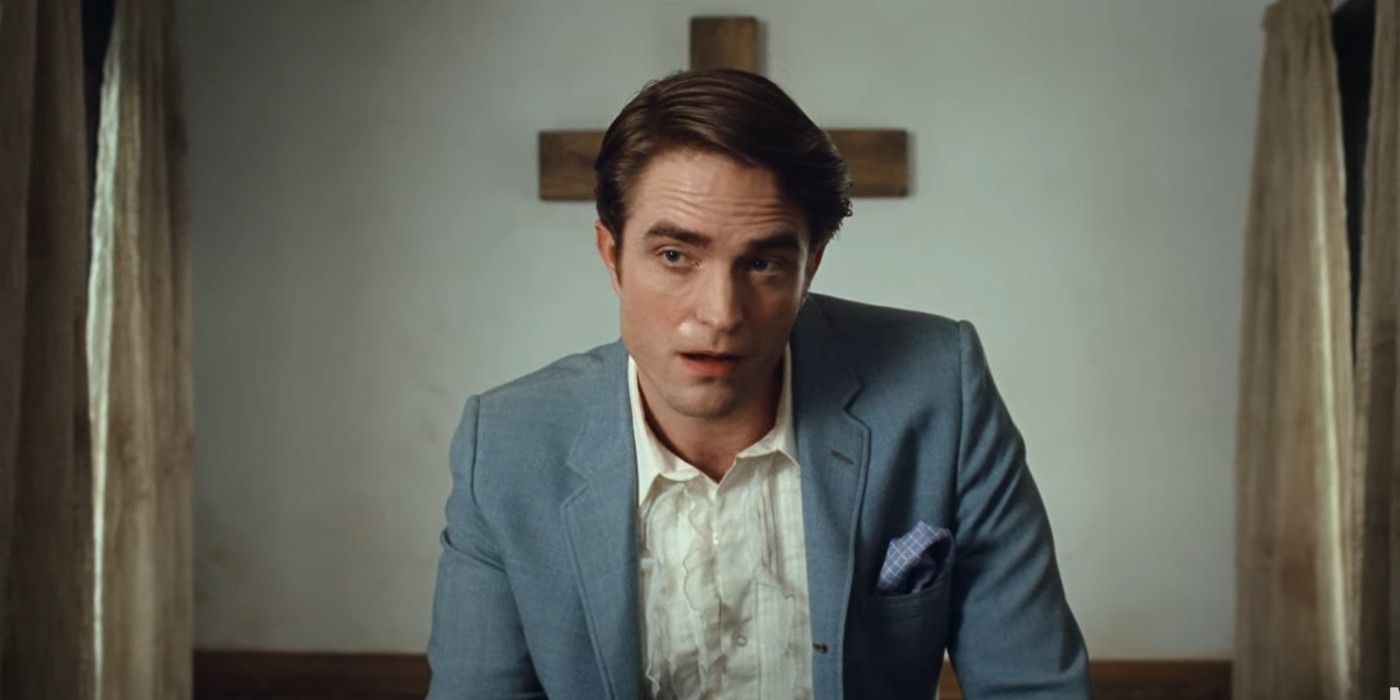
The Devil All The Time has a laconic voice-over that comes and goes from the beginning of the film. While it starts as a simple enough introduction to the world of smalltown West Virginia and Ohio life, the narration never manages to clarify anything it describes and ends up making it worse.
There are moments throughout the film when the narration might have helped viewers better understand its events (Bodecker’s involvement with Leroy for example), but it’s absent for large swathes of running time, only to appear when least necessary. It eventually simply ruins the impact of the brutality seen onscreen.
The flashbacks
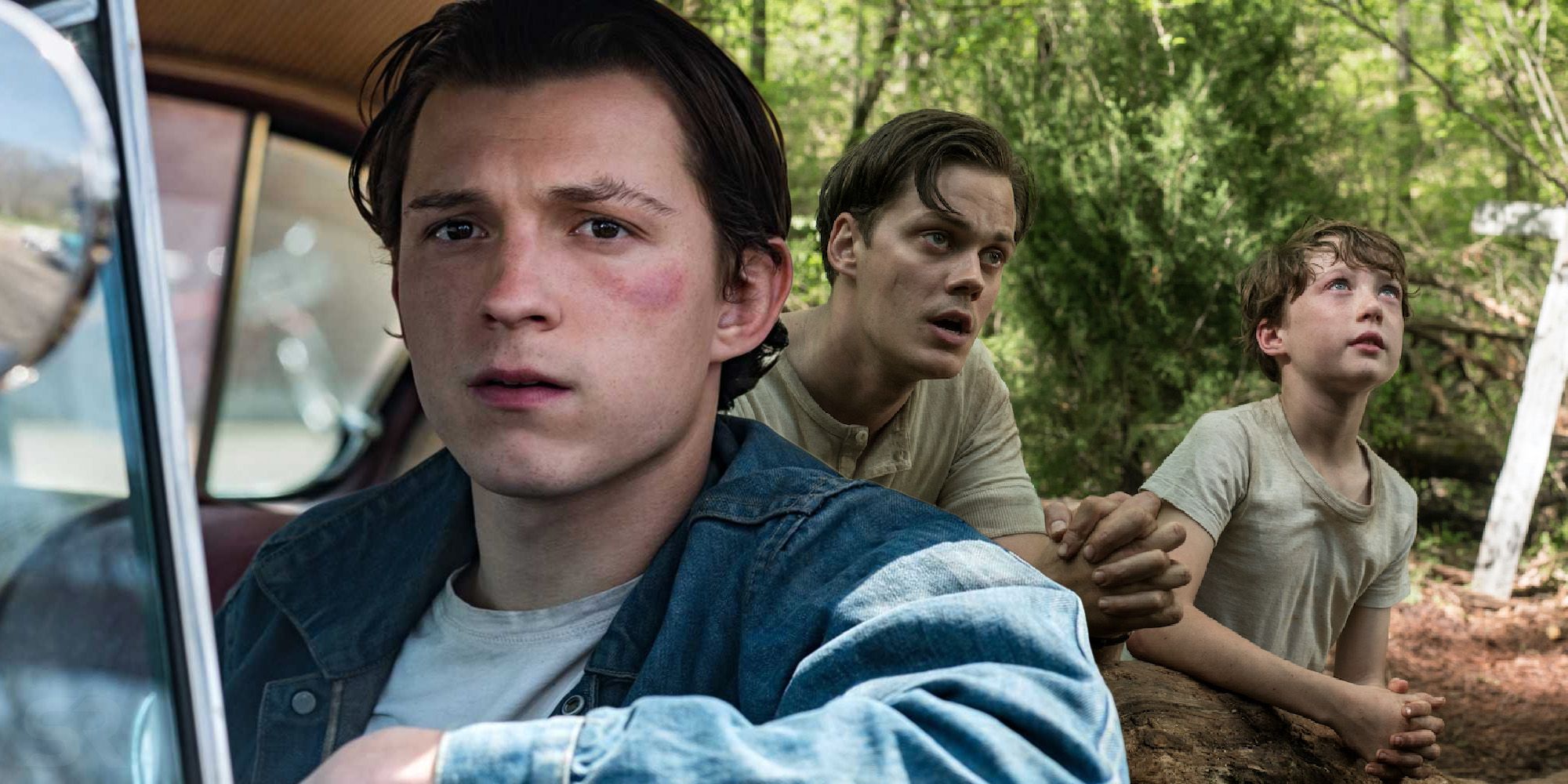
For the first half of the film, flashbacks occur between the years 1950, 1957, and from battles during WWII. This happens with such frequency it’s difficult to know when exactly events are taking place, and which characters are involved.
Often the flashbacks were used to reference something important, but they occurred too often to be helpful in that regard. Often there were flashbacks to one scene from an hour earlier that didn’t need to be seen again and could have just as easily been turned into a line of expository dialogue.
Bodecker becoming the villain
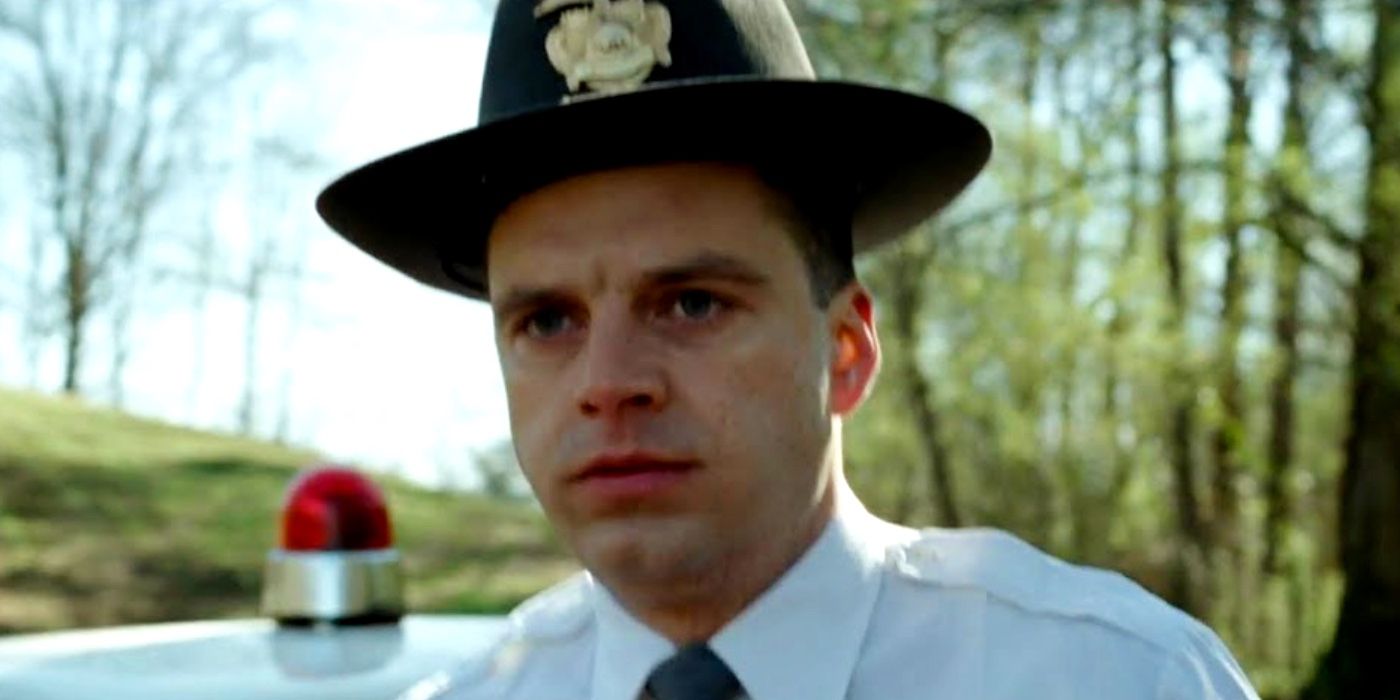
Bodecker, eagerly gunning for election as sheriff, takes bribes and “protection” money from all sorts of unsavory characters around town, including Leroy, the man who owns the local brothel. Bodecker has been known to sample Leroy’s prostitutes and is worried the liaisons will taint his chance at election.
These conundrums aside, Bodecker quickly becomes the primary antagonist of the film in its second half when he starts murdering people in town who might threaten his reputation. Unfortunately, this happens too fast, and while Sebastian Stan gives a solid performance, without Bodecker being given a proper narrative arc, viewers are left confused about his descent into villainy.
Roy killing his wife
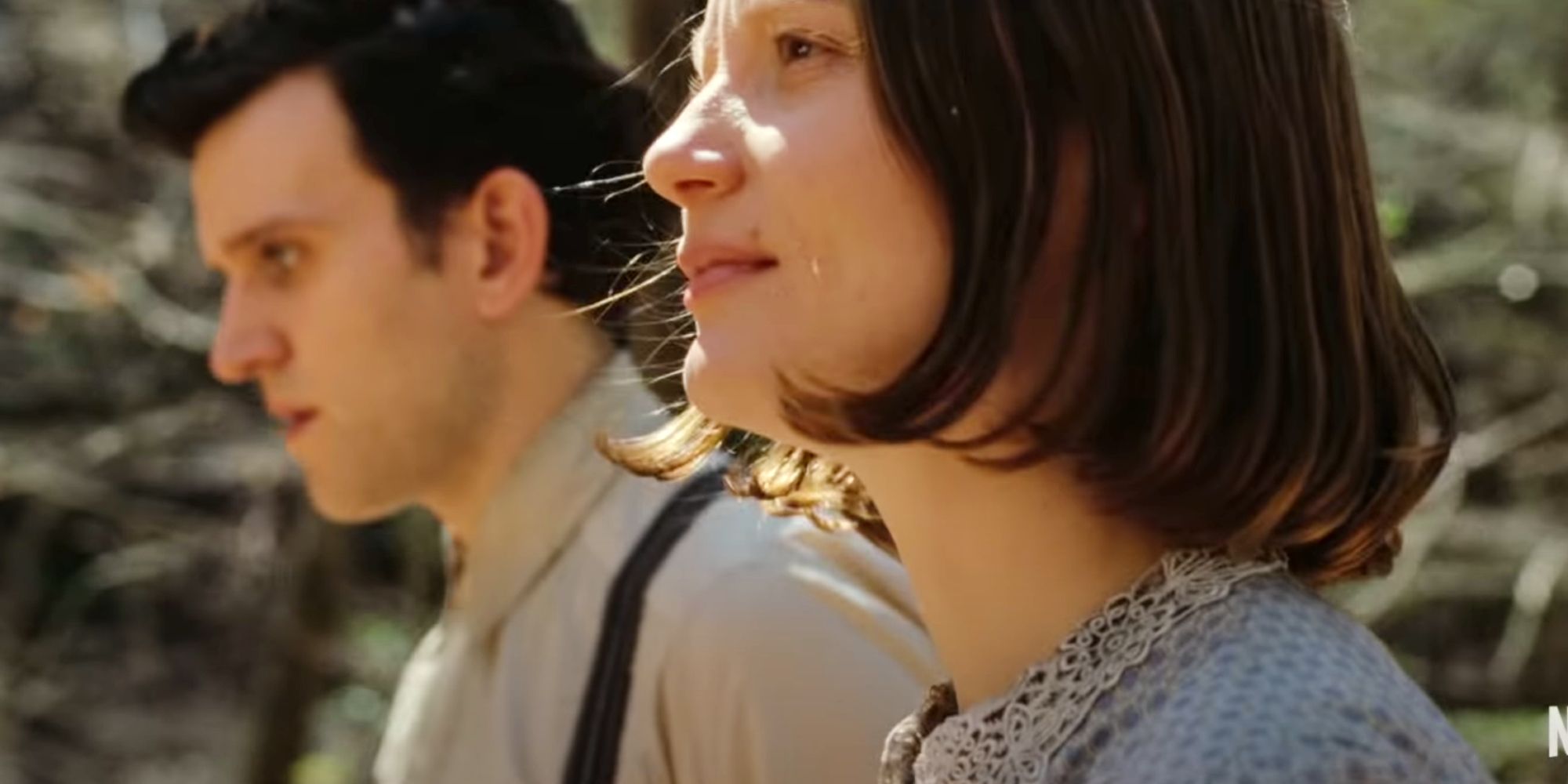
After performing a particularly harrowing sermon that left him disfigured, Roy locks himself in his closet for a fortnight in an effort to understand God’s plan for him. When he exits the closet he seems to have had a spiritual epiphany.
Not long afterward, he takes his wife into the woods and kills her with a screwdriver to the neck. No sooner has she sunk to the ground in a pool of blood than he’s invoking the power of the Almighty to resurrect her. What revelation did he learn in the closet? Did he believe God told him he would have the power over life and death? The only thing clear about the scenario is that Roy has taken leave of his senses.
Willard crucifying Jack
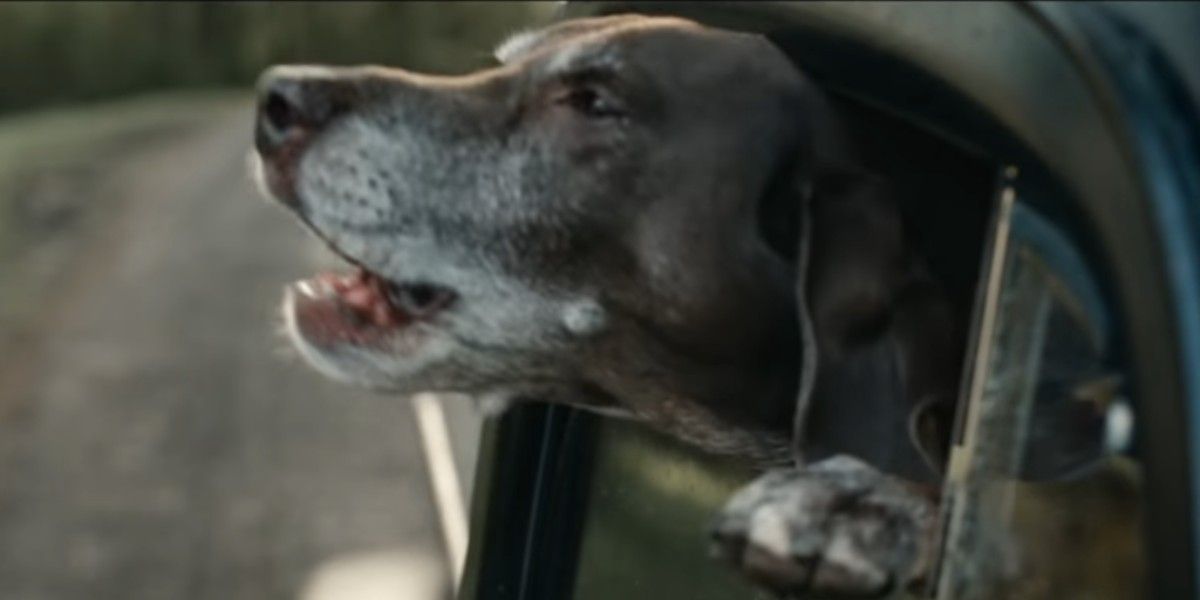
When it’s clear that Charlotte doesn’t have long for this world, Willard decides that God must be testing his faith, and vows to make a sacrifice to demonstrate his devotion. He kills the beloved family dog Jack and leaves him at his prayer log.
He doesn’t display Jack in any sort of respectful manner but crucifies his body on a large cross. Making a Labrador appear in the image of Jesus on the cross seems like an odd choice for someone so pious, since the effigy could just as easily have been perceived as blasphemous. Not only that, but he also seems to have no clue that his son would be affected by the sight of his deceased best friend.
Roy abandoning his brother
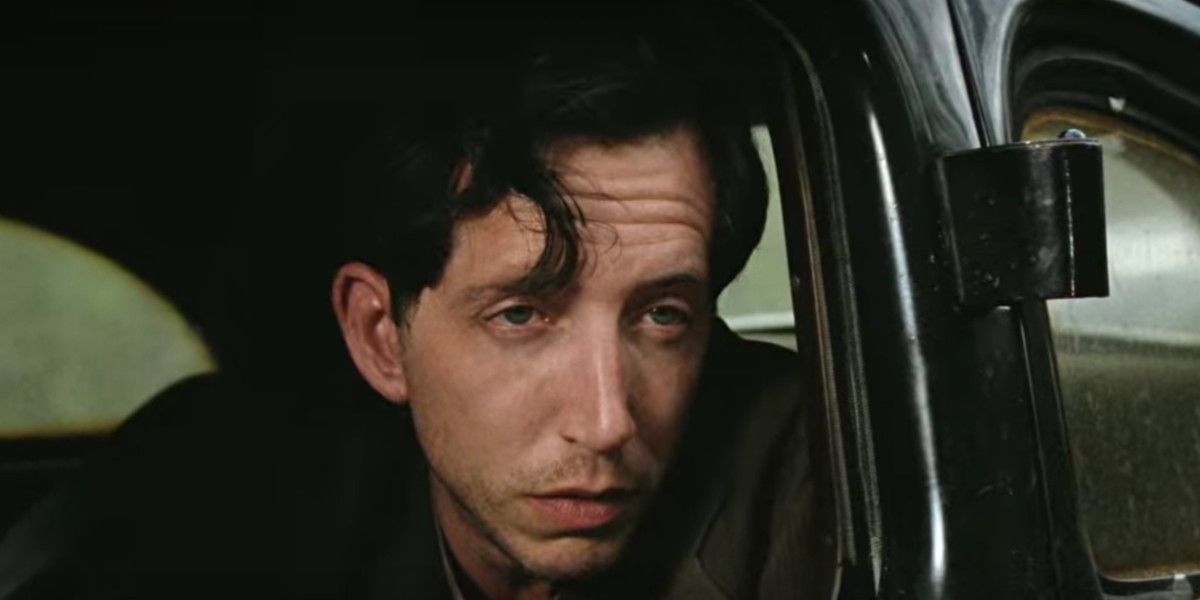
After Roy discovers he can’t resurrect his wife because he isn’t a necromancer, he takes his disabled brother out of the county before the authorities can learn of the murder. He seems to worry about his brother’s well-being right up until he abandons him in the car, and hitchhikes back to see his daughter Lenora.
Going back to the county where he committed the crime seems reckless, but viewers may perceive he had a change of heart and wanted to see his daughter again. If the preacher is capable of such deep feelings of familial love, then it made no sense to abandon his brother without an explanation.
Lenora’s pregnancy

After being taken advantage of by a predatory preacher at her local church, Lenora finds out she’s pregnant. She doesn’t know what to do and decides to skip going to church with her family and end her life while they’re gone.
It’s confusing that she doesn’t feel she can tell Arvin, the one person who wouldn’t shame her and would be critical of a man of the cloth. Telling her grandmother might have been difficult, but she doesn’t even communicate her fear to her adopted brother, who never acted self-righteous with her.
Carl and Sandy’s killing spree

Carl and Sandy are serial murderers, who specialize in driving around the Bible Belt collecting hitchhikers. They ask their new riders to model while Carl takes pictures, and then they kill them and take even more pictures of the grisly aftermath.
They’re able to do this dozens of times without anyone finding out. It’s mentioned that Carl is overly paranoid, but the real reason would seem that Sandy has a brother who’s a local lawman. Except that he doesn’t know anything about what they’re doing until the end of the film when they’ve already killed prominent people in his community (like Roy).
The pacing
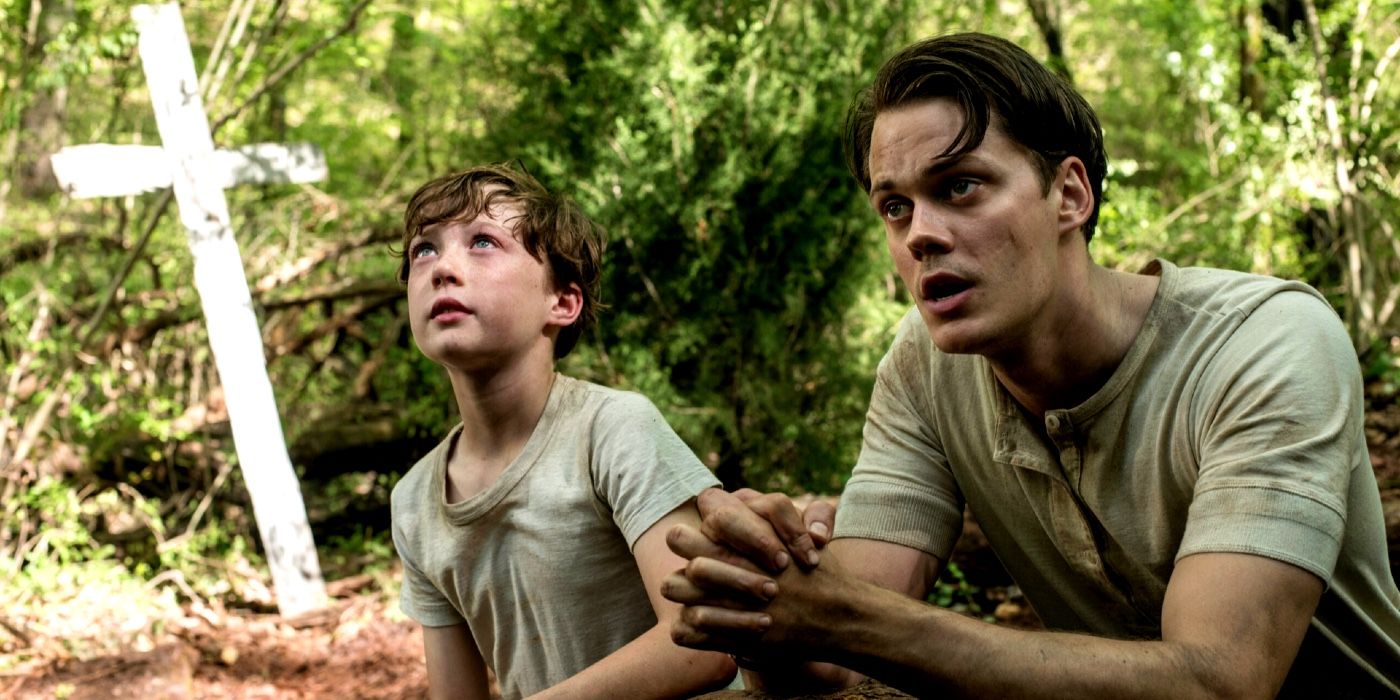
The film tracks at a lugubrious pace, often muddled by having to follow the inter-connected storylines of several different characters. It’s been compared to No Country For Old Men, which managed to balance thrilling sequences with a “slice of life” narrative flow.
The people the movie focuses on are presented as everyday people in the Appalachians of West Virginia; if they were all murderers, sexual predators, and religious hypocrites. Despite the vast tapestry of eccentrics, the pacing remains slow and monotonous.
The length
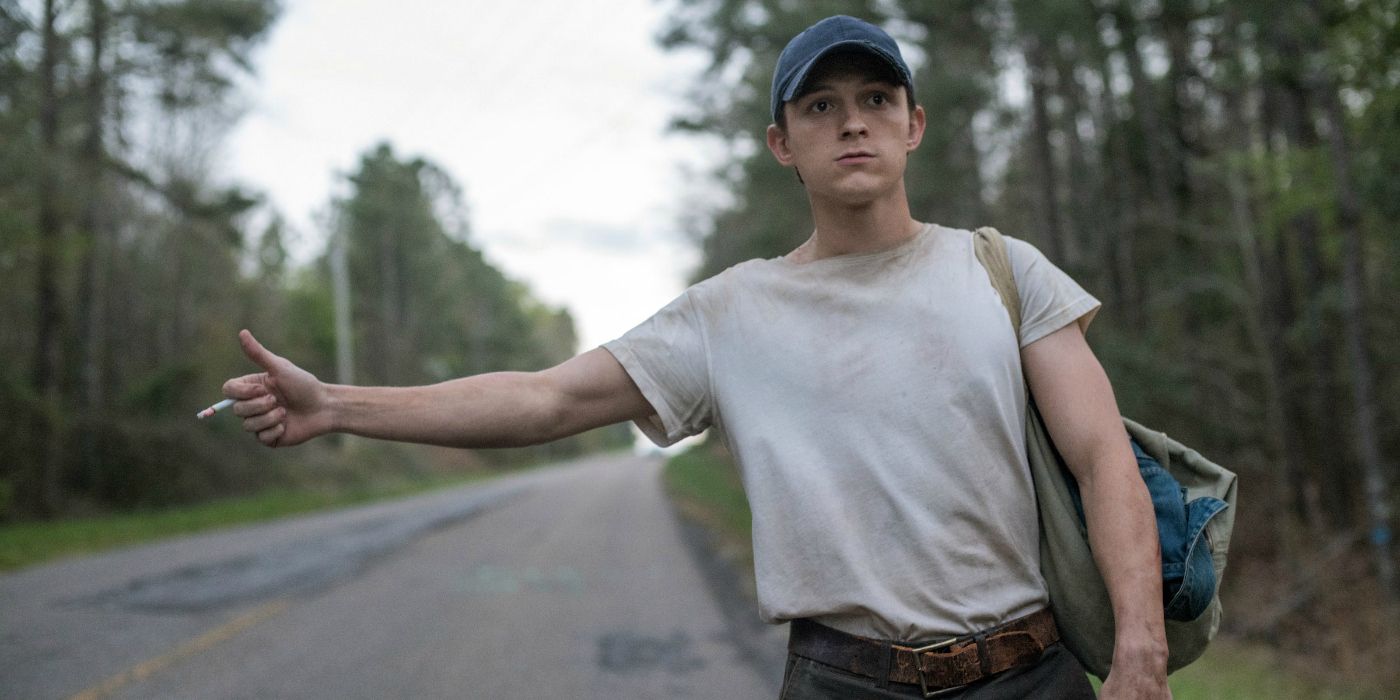
At nearly two and a half hours, The Devil All The Time is a lengthy film for its subject matter, which is based on a book by the same name. The novel is sprawling in scope, following several generations in a family, conveying that some people are destined to follow a certain path no matter how they try to alter its course.
Trying to include every aspect of the novel means that the film, though long, actually shortchanges the source material. It only glosses on key events in an effort to fit them all in its running time, when it could have been trimmed down to be a more engrossing and tighter thriller.


